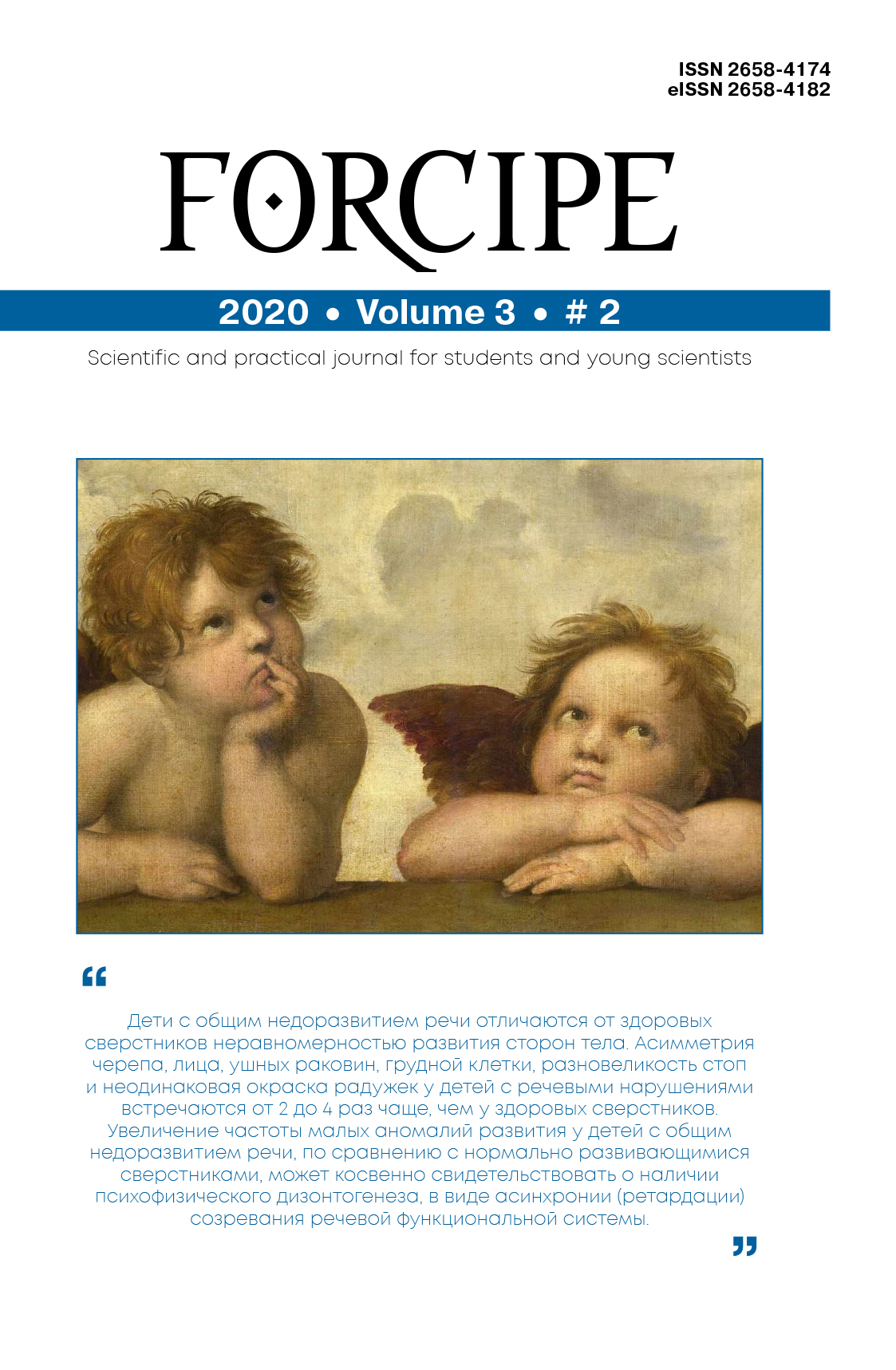STRUCTURAL FEATURES OF FIBROBLASTS IN REGENERATING MUSCLE TISSUE IN BURN WOUNDS UNDER THE INFLUENCE OF HELIUM-NEON LASER RADIATION
Abstract
There Are studies devoted to the study of the ultrastructural organization of skeletal muscle tissue and the regularities of muscle connective tissue and neuromuscular interactions during regeneration (1). It is known that different means of stimulating regenerative processes change the duration and severity of its stages in different ways. That is, they affect the internal structure of the process, the cell tissue composition of the regenerate. Morphometric and ultrastructural examination of wound healing from messages on the 3rd,7th,and 14th days reveals that a number of fibroblasts can be characterized by five different cell forms: non differentiated mesenchymal cells, young immature fibroblasts, Mature fibroblasts, myofibroblasts, and fibroclasts. Extensive ultrastructural, histological, histochemical, biochemical, and pharmacological studies provide an understanding of the role of these cells in wound reduction during regeneration and allow us to recognize that fibroblasts have a large modulation capacity. In addition, there are studies on the presence of a certain connection of functional interactions «capillary myoblast» in regenerating muscles. And the purpose of our study was to study the dynamics of cell forms and their interactions during regeneration in the wound under the influence of laser radiation.



